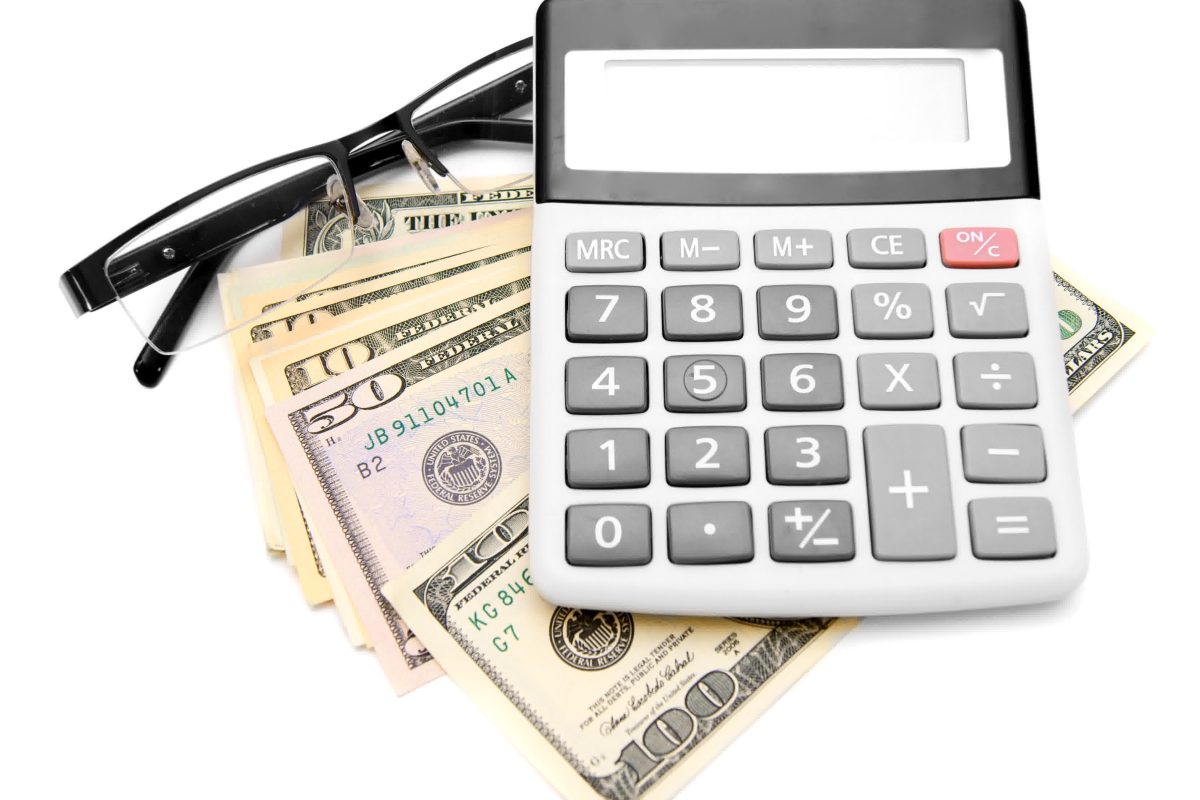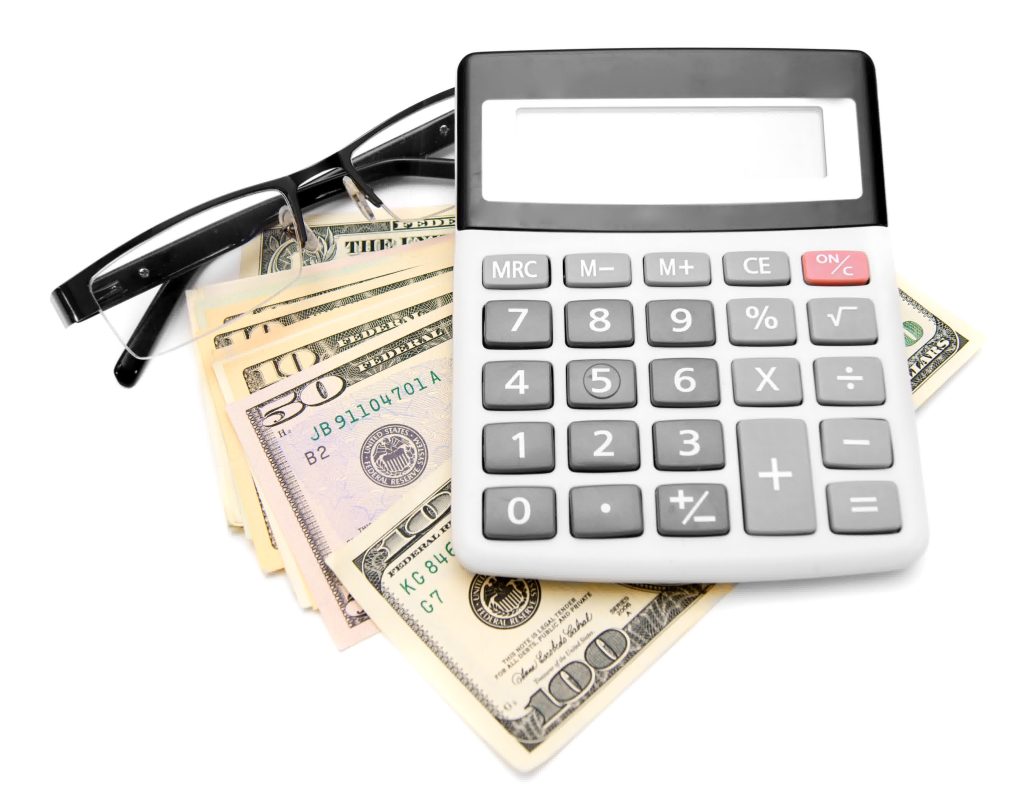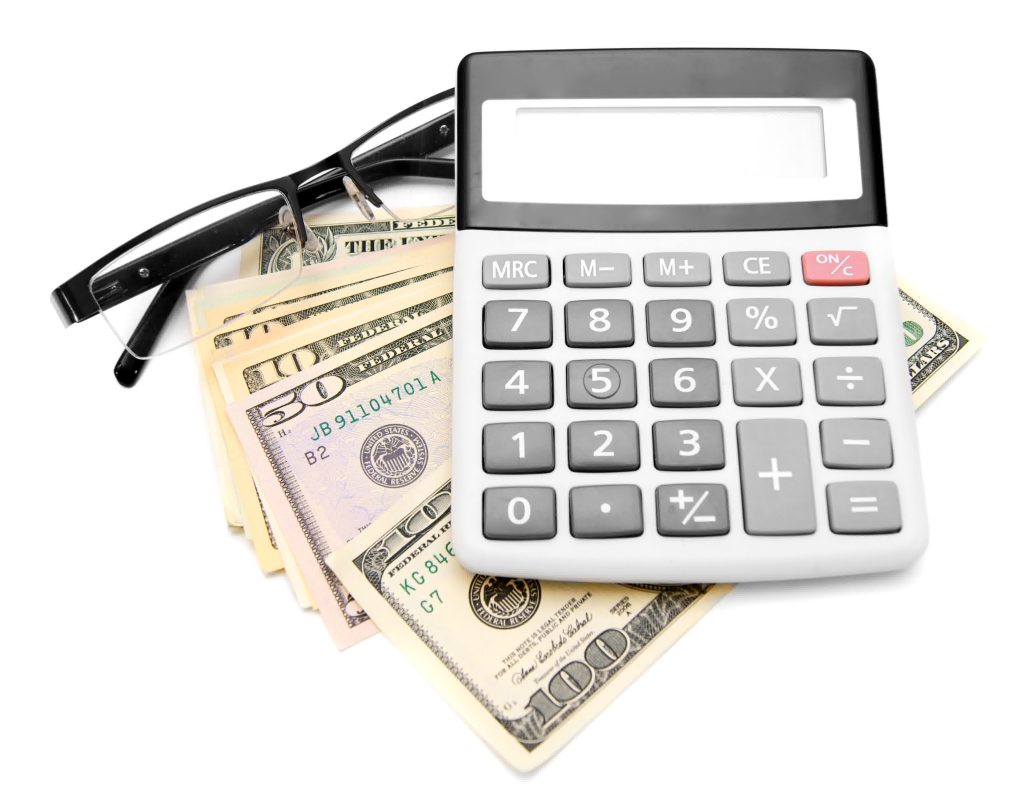Are you tired of renting and ready to take the plunge into homeownership? Congratulations! Buying a house is a big step and a great investment. But before you start house hunting, you’ll need to save up for a down payment and closing costs. Don’t worry, it’s not as daunting as it sounds. With a little bit of planning and discipline, you can save up for a house in no time. Here are some tips to help you get started.
First things first, create a budget. This will help you see exactly where your money is going and identify areas where you can cut back on expenses. Once you have a good handle on your budget, determine how much you can realistically save each month and have that amount automatically transferred to a savings account.
Another way to free up more money to save for a house is to pay off any high-interest debt, such as credit card debt or loans. Not only will this improve your credit score, it will also give you more disposable income to put towards saving for a house.
If you’re really serious about saving for a house, you might even want to consider getting a second job to boost your income. It might mean some extra hours and hard work in the short term, but the long-term reward of owning a home will be worth it.
When it comes time to shop for a mortgage, don’t just settle for the first offer you receive. It pays to shop around and compare rates and terms from multiple lenders. A little bit of legwork upfront can save you a ton of money on interest over the life of the loan.
Making a larger down payment can also help reduce the amount you need to borrow, which can save you money on interest and fees. If you have the means, it’s worth considering.
First-time homebuyers should also look into programs that offer assistance with down payments and closing costs. Many states and local governments have programs specifically for people who are buying their first home.
Closing costs can add up quickly, so try to negotiate with the seller or lender to have them cover some or all of these costs. It never hurts to ask!
If you’re having trouble saving for a down payment or don’t quite meet the requirements for a traditional mortgage, there are alternative financing options to consider, such as FHA loans or VA loans. These government-backed loans often have lower down payment requirements and are more flexible.
Finally, don’t forget to cut back on non-essential expenses. Look for ways to save money on things like entertainment, dining out, and subscriptions. Every little bit adds up and can help you reach your saving goals faster.
Saving money for a house takes time and discipline, but it’s worth it in the end. With a solid plan in place, you can be well on your way to becoming a homeowner. Just remember to shop around for a mortgage, make a down payment if you can, and look into first-time homebuyer programs. And don’t forget to cut back on non-essential expenses to free up more money for saving. With a little bit of effort, you can make your dream of owning a home a reality.
Ready to start saving for a house? Take the first step today by creating a budget and identifying areas where you can cut back on expenses. Every little bit adds up and can help you reach your saving goals faster. Good luck on your homeownership journey!
- Create a budget and stick to it: This will help you identify areas where you can cut back on expenses and allocate more money towards saving for a house.
- Save a portion of your income: Determine a specific amount of money that you can save each month, and have this amount automatically transferred to a savings account.
- Reduce your debt: Pay off high-interest credit card debt and any other loans that you may have. This will free up more money that you can use to save for a house.
- Consider getting a second job: Earning extra income can help you save more money for a house.
- Shop around for a mortgage: Compare mortgage rates and terms from multiple lenders to find the best deal. This can help you save money on interest over the life of the loan.
- Make a down payment: A larger down payment can help reduce the amount you need to borrow, which can save you money on interest and fees.
- Look into first-time homebuyer programs: Many states and local governments offer programs to help first-time homebuyers with down payments and closing costs.
- Save on closing costs: Closing costs can add up, so try to negotiate with the seller or lender to have them cover some of these costs.
- Consider alternative financing options: Look into government-backed loans, such as FHA loans or VA loans, which may have lower down payment requirements.
- Cut back on non-essential expenses: Look for ways to save money on things like entertainment, dining out, and subscriptions.
By following these tips, you can save up for a down payment and be well on your way to owning your dream home.
























